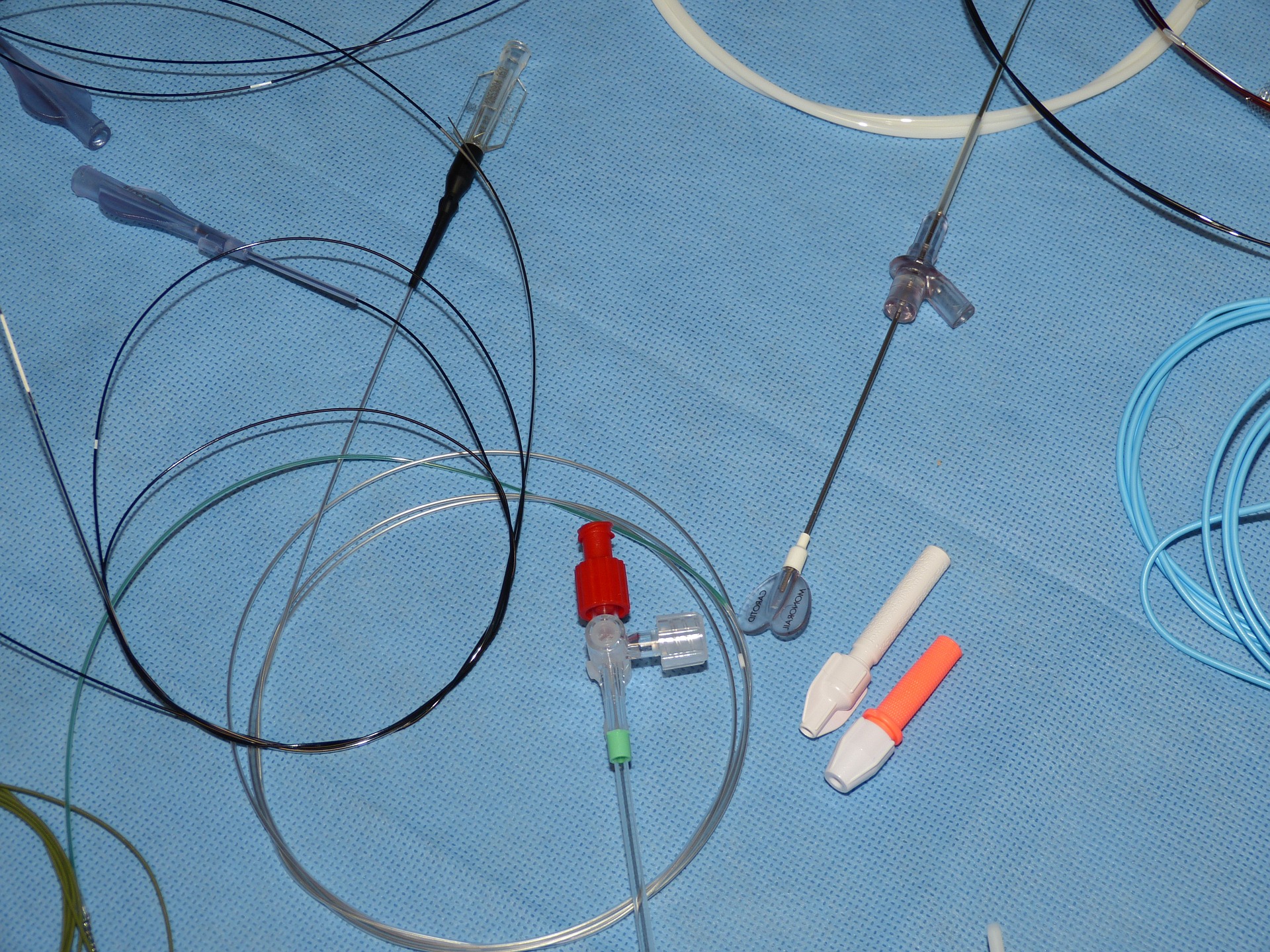Candida auris infection in the central catheter of a patient without sepsis symptoms
Keywords:
Antifungal agents, Candida auris, central venous catheters, Colombia, MALDI-MS, minimum inhibitory concentration, yeast, Fluconazole, Amphotericin B, Itraconazole, Voriconazole, EndocarditisMain Article Content
Background: Candida auris is an emerging yeast frequently reported as resistant to multiple antifungal drugs commonly used to treat Candida infections. This specie can colonize the patient’s skin and has great ability for producing outbreaks in hospitals. C. auris is phylogenetically related to other Candida species, can be misidentified using conventional biochemical or commercial methods and requires specific technology for its identification.
Case report: We report the first isolate of C. auris in Cali, Colombia, from a central venous catheter in a 37-year-old patient with rheumatoid arthritis and endocarditis who did not have symptoms of sepsis. The yeast was initially misidentified as C. haemulonii using the Phoenix® system and subsequently identified as C. auris by matrix-assisted laser desorption/ionization-time-of-flight (MALDI-TOF) mass spectrometry. The broth microdilution method was used to determine the minimum inhibitory concentration; the isolate was susceptible to fluconazole, itraconazole, voriconazole and amphotericin B.
Conclusions: This report contributes to knowledge of the epidemiology of C. auris infections in individuals with underlying disease and describes an isolate with a behavior different from what is usually reported.
Downloads

This work is licensed under a Creative Commons Attribution-NonCommercial 4.0 International License.
The copy rights of the articles published in Colombia Médica belong to the Universidad del Valle. The contents of the articles that appear in the Journal are exclusively the responsibility of the authors and do not necessarily reflect the opinions of the Editorial Committee of the Journal. It is allowed to reproduce the material published in Colombia Médica without prior authorization for non-commercial use


 https://orcid.org/0000-0002-0636-1486
https://orcid.org/0000-0002-0636-1486 https://orcid.org/0000-0001-6033-166X
https://orcid.org/0000-0001-6033-166X
